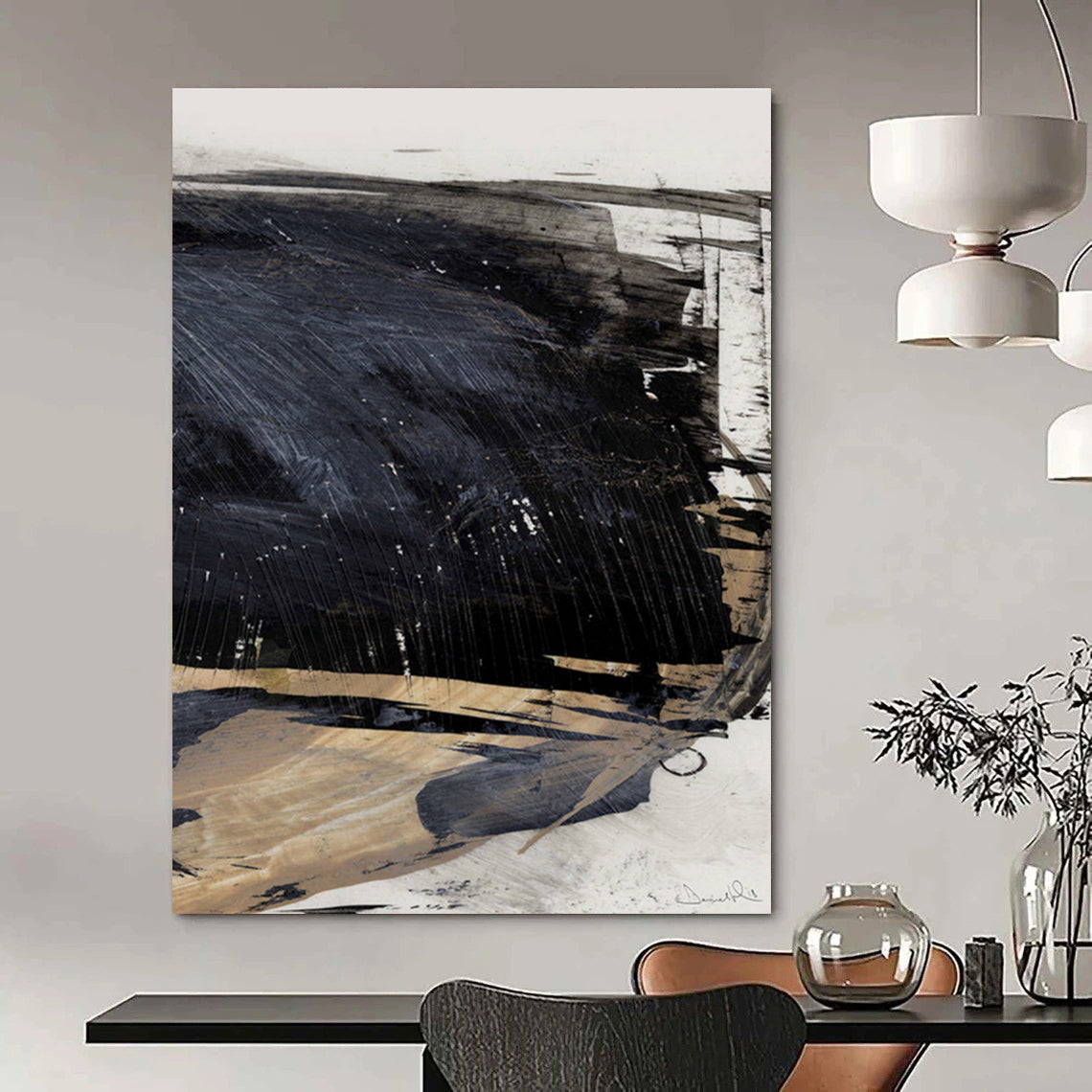Starting your artistic journey with a solid foundation in fundamental painting techniques can dramatically enhance your confidence and skill. This guide explores seven essential painting techniques that every artist should know, empowering you to create stunning artworks with mastery over colour, tone, texture, brushwork, and composition.

-
Underpainting
Avoid starting your work from a blank white canvas when working with oils or acrylics. Underpainting involves creating a base layer, often in burnt umber or a mix of burnt sienna and phthalo blues, to establish shadows and values. Acrylics are ideal at this stage because they dry quickly and permanently. Build your painting by working from thin to thick layers, saving the brightest highlights and heaviest paint for last. Learn more about underpainting techniques.
-
Blocking In
Brushes vary greatly in shape and fibre type, producing different effects. Using a synthetic/sable mix brush is versatile across paint types. Larger, flat brushes like filberts are perfect for blocking in broad areas and forms early on. As the painting progresses, switch to smaller brushes for finer details. Explore the importance of blocking in to lay out your composition.
-
Building Up Texture
Texture adds interest and depth to your painting. You can blend smoothly with a dry, flat brush or add pronounced brush marks and rough textures using various tools and additives like sand or eggshells. A toothbrush can be used to create splatter effects that suggest grain or noise in your artwork. Discover creative ways for texture building.
-
Dry Brushing
Dry brushing involves applying paint with a brush that holds very little paint, producing a partial coverage effect over dried paint layers. This technique is excellent for rendering textures like rocks, grass, and other natural surfaces with quick, directional strokes. Understand the nuances of dry brushing. -
Sgraffito
Sgraffito is the technique of scratching through a wet paint layer to reveal the layer beneath, allowing you to depict fine details such as scratches, hair strands, or grasses. Almost any pointed tool can be used, including the end of a brush or rubber shaping tools. Learn how to use sgraffito for creative effects.
-
Glazing
Glazing involves applying a transparent layer of paint over a dried section to intensify shadows or subtly shift colors. For example, a light transparent blue glaze over dry yellow can create vibrant greens. This technique helps modulate color depth and luminosity. Explore the process of glazing. -
Painting with Mediums
Mediums are additives that modify the paint’s texture, drying time, and finish. Acrylic mediums can make paint matte or glossy, while other mediums alter consistency for artistic effects. Matte mediums are often used to seal surfaces to prevent paint absorption. Delve into the role of painting mediums.
Related Image Sources and Anchored Keywords:
-
Underpainting example images (source: Will Kemp Art School)
-
Blocking in demonstrations (source: Artists Network)
-
Texture effects in painting (source: Plaid Online)
-
Dry brushing techniques visual (source: Bob Ross Channel)
-
Sgraffito details in close-up images (source: Explore Acrylic Painting)
-
Glazing color overlays (source: Artists Network)
-
Mediums and paint textures (source: YouTube tutorial)
FAQs
Q1: What is underpainting and why is it important?
Underpainting creates a tonal foundation that guides value and shadow, aiding composition and depth before applying final colors.
Q2: How do I choose brushes for painting?
Use larger flat or filbert brushes initially for broad strokes, and smaller round brushes for details. Synthetic/sable blends offer versatility.
Q3: Can I add texture to acrylic or oil paintings easily?
Yes, you can use brush techniques, texture mediums, or even household items like sand or toothbrushes to build texture unique to your style.
Q4: What is sgraffito used for in painting?
It’s used to scratch through wet paint to reveal underlying layers, perfect for depicting fine natural details like grass or hair.
Q5: How does glazing affect colors in painting?
Glazing adds transparent color layers that enhance depth and richness without covering underlying detail.
Q6: Should I use mediums with my paint?
Mediums can control drying time, consistency, and surface finish, offering control to achieve varied artistic effects.
By mastering these essential techniques, artists gain control over their medium and create compelling artworks with greater confidence and sophistication. Embrace experimentation and enjoy the journey of painting.

